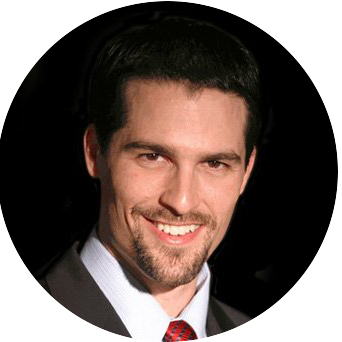
Picture an 18-wheeler, its 4,000-cubic-foot cargo trailer filled to capacity with stacks of $100 bills. The driver shuts and locks the trailer, closing the door on roughly $10 billion.
Now imagine that truck driving off to a landfill, where that $10 billion will be dumped, shredded and buried, rendered useless.
As the day goes on, 170 more 18-wheelers start up their engines and carry the exact same payload to the same destination. When the convoy finishes its work, $1.7 trillion is gone.
Unimaginable? Metaphorically speaking, perhaps not. The National Bureau of Economic Research, a respected non-profit think tank, says we are forfeiting $1.7 trillion in potential retirement savings. Why? Simply because of our biases.
Two major biases can impact our saving & investment decisions. NBER identified them in a study published in its Bulletin on Aging & Health in April.
Present bias occurs when we value the present over the future. To see how common this bias is, NBER’s research team asked people a simple question: “Would you rather receive $100 today or $120 in 12 months?” As a variation, they also offered a choice between having $100 now or having $144 after waiting 24 months. Fifty-five percent of the respondents turned out to be “present biased” – that is, they wanted to take the $100 right away rather than wait to get a greater sum.
Patience, of course, is fundamental to investing and retirement saving. Present bias is one of its enemies. From another angle, it also rears its head when volatility rocks Wall Street and we see panic selling. That panic is partly fueled by present bias. The sellers feel the pain of the moment, and lose sight of the potential in the future.
Present bias may also influence participation in workplace retirement plans. If an employee has tight personal finances or little understanding of investment principles, dollars in hand today may seem much more tangible and important than dollars that might be earned years from now. That leads us straight to the second bias NBER says plagues us.
Exponential-growth bias occurs when we misunderstand compounding. Illustrate the power of compounding to a young adult starting to save for retirement, and “it all becomes clear” – there is perhaps no better way to show the long-term savings potential of a tax-deferred retirement account.
Sadly, this is a lesson some people never grasp – either because it is not shown to them or because they lack mathematical or financial literacy. Someone unfamiliar with compounding may reason that assets in a retirement account simply grow by a fixed amount each year. That kind of misconception may make a workplace retirement plan less attractive to an employee – or alternately, it may make them think of it as if it were a fixed-rate investment vehicle.
As part of its research, NBER asked retirement savers a simple compounding question. Seventy-five percent of the survey respondents answered it incorrectly, and about 70% of respondents underestimated how much the asset in question would grow in value over time.
Even meager compounding can be impressive. The Rule of 72 is widely known, but the 2-20-50 Rule also deserves to be remembered: an asset that increases in value by just 2% annually for 20 years will be worth about 50% more at the end of that 20-year period.
Present bias & exponential-growth bias can deter people from saving for the future. They are easy to harbor, and easy to fall back on. Even longtime investors and retirement savers may fall prey to them. Challenging these biases is not only wise, but potentially useful. NBER estimates that if Americans could rid themselves of these two biases, our nation’s total retirement savings would increase by 12%.

About the Retirement Financial Advisor
Robert Pagliarini, PhD, CFP®, EA is passionate about helping retirees build the retirement of their dreams. He has over 26 years of experience as a retirement financial advisor and holds a Ph.D. in retirement planning. In addition, he is a CFP® Ambassador, one of only 50 in the country, and a real fiduciary. His focus is on how to help make retirement portfolios last decades while providing a steady source of income. When he's not helping people plan their retirement, he can be found writing his forthcoming book, The Retirement Myth: Escape Average Retirement & Create a High Performance Retirement. If you would like a second opinion to see if your retirement financial plan will keep you comfortable and secure, contact Robert today.










